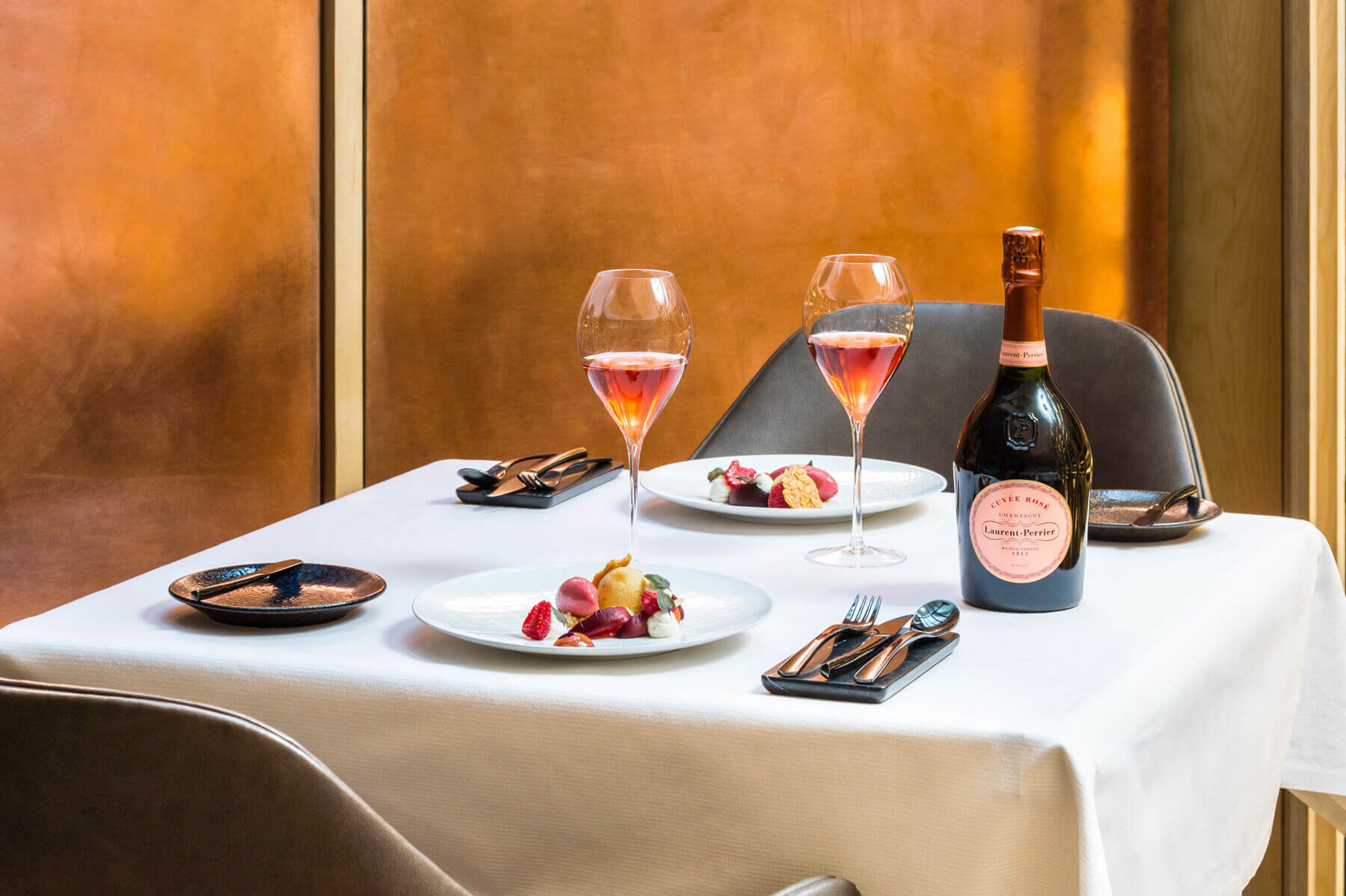🥂 It's time to treat yourself ! 50 discount for purchases of €500 or more, and €125 for purchases of €1,000 or more (excluding shipping costs).
Filter by
Filters:
There are 61 products.
Showing 49-61 of 61 item(s)
Victim of its own Success
Taittinger Comtes de Champagne Rosé 2009 (EN)
€244.90
Victim of its own Success
Louis Roederer Vintage Rosé 2016 (EN)
€81.50
Victim of its own Success
Veuve Clicquot La Grande Dame Rosé 2008 Magnum (EN)
€429.00
Victim of its own Success
Taittinger Comtes de Champagne Rosé 2011 (EN)
€280.00
Victim of its own Success
Laurent-Perrier Cuvée Rosée (magnum) (EN)
€173.00
Victim of its own Success
Bruno Paillard N.P.U. Nec Plus Ultra Rosé 2008 (EN)
€360.00
Victim of its own Success
Perrier-Jouët Belle Époque Millésimé 2015 (EN)
€184.10
all about rosé champagne
Rosé blending is the most common method of producing rosé champagne. The principle is simple: when blending still wines (without bubbles), the winemakers mix 5-20% white and red wine before the bubbles set.
It's important to note that this technique, blending white and red wines, is only authorized and practiced in the Champagne region. In France, winemakers never use this method to produce rosé wine, but rather bleed or press directly.
Good to know too: the red wine used toblend rosé champagnes must also be of Champagne origin. Although the region is renowned for its white wines, it produces small quantities of red wine under the Coteaux Champenois AOC label.
Blended rosé champagnes are the ones most often found in stores. They are generally quite light in color, and are often crafted to maintain a certain consistency over the years, so that the connoisseur is not surprised by a new aromatic profile at each tasting.
There are two types of rosé champagnes: saignée and assemblage. Their production methods differ, as do their aromas and flavors.
Rosé d'assemblage is a blend of juices from white or black grapes, with a small proportion of red Champagne added. So it's not the color of the champagne that defines its taste, but the grape varieties and choices made during vinification. This category of champagnes accounts for around 10% of exports. It grew by almost 30% between 2020 and 2021. Americans, English, Canadians, Germans and Spaniards are particularly fond of these colorful cuvées.
A 100% CHAMPAGNE ROSÉ MEAL!
FISH
Crab, shrimp, sea bream, salmon, scallops, tuna, lobster, scorpion fish.
MEATS
Parma ham, Bayonne ham, Culatello di Zibello ham, Bresaola, Coppa, Duck (foie gras, aiguillettes, lacquered), Lamb, Beef (carpaccio, tataki)
FRUITS AND VEGETABLES
Grapefruit, Pomegranate, Guava, Mango, Tomato, Fig, Turnip, Pepper, Eggplant, Zucchini, Mushroom, Raspberry, Strawberry, Carrot, Celery, Parsnip, Beetroot.
SEASONINGS
Ginger, Lemon, Tangerine, Red shiso, Basil, Dill, Parsley, Mint, Ras el-hanout, Balsamic vinegar, Soy sauce, Tarragon, Tonka bean, Coriander.
CHEESES
Tomme de montagne, Leicester, Comté 12 mois, Manchego.


rosé champagne and dosage
Some people believe that rosé champagne is sweeter, but there's no correlation between color and sweetness. In fact, sugar is added at the end of the champagne-making process. This choice depends on the style of champagne desired. It is therefore possible to find rosé cuvées with little or no sugar added.
Champagne rosé de saignée can be windier, with pronounced red fruit aromas and a more intense rosé color, depending on the length of maceration. As for rosé d'assemblage, its color is slightly orange. Its aromas are more mineral, with the citrus notes of white grape varieties.













